Articles Osteoporosis
This article explains what bone remodelling is and how it changes as we age, what is osteoporosis, risk factors, signs, diagnosis and management.
What is Bone Remodelling?
Your bones provide structure and rigid support for your body so that you are able to move, lift objects and stand tall.

Throughout your life your body is continuously removing and replacing the bone tissue. This process is known as remodelling and it enables your bones to heal, grow and become stronger.
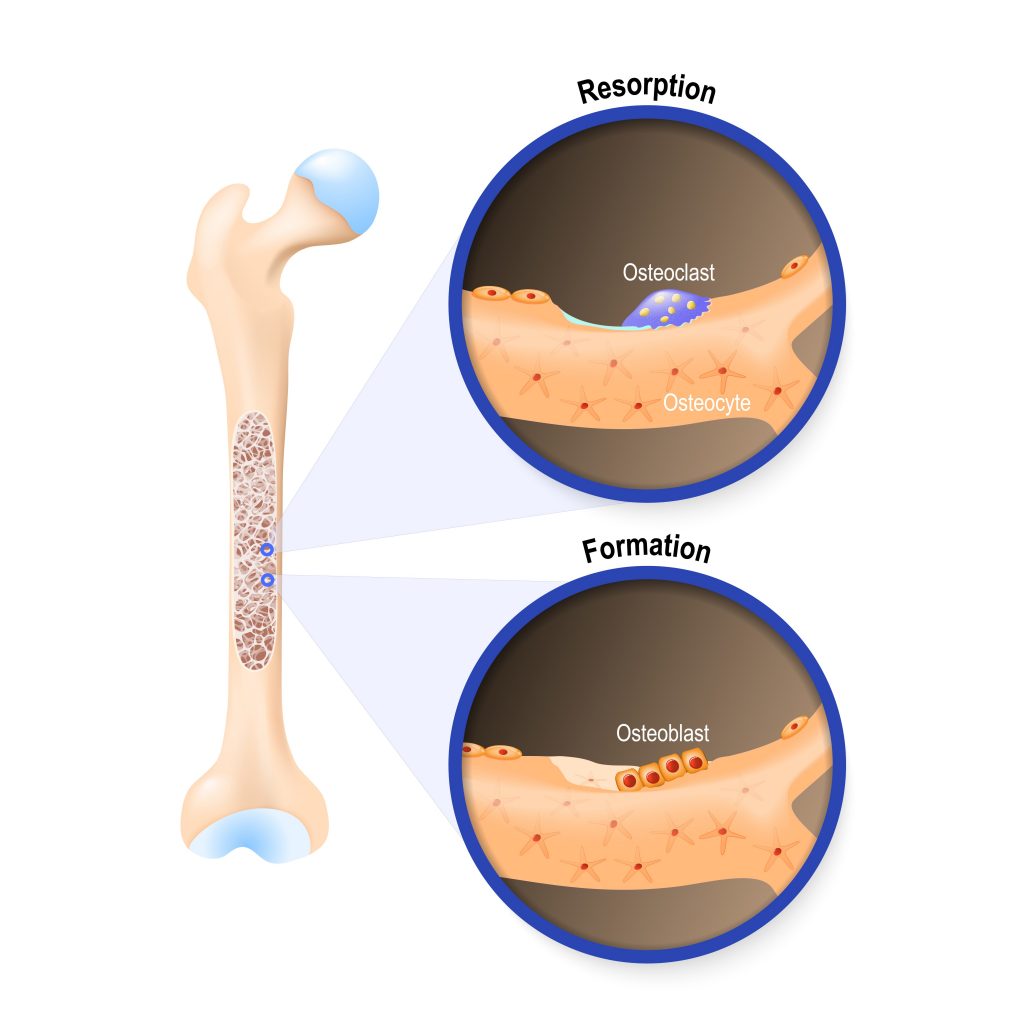
Your total bone mass is determined by how much new bone is formed versus how much old bone is removed.
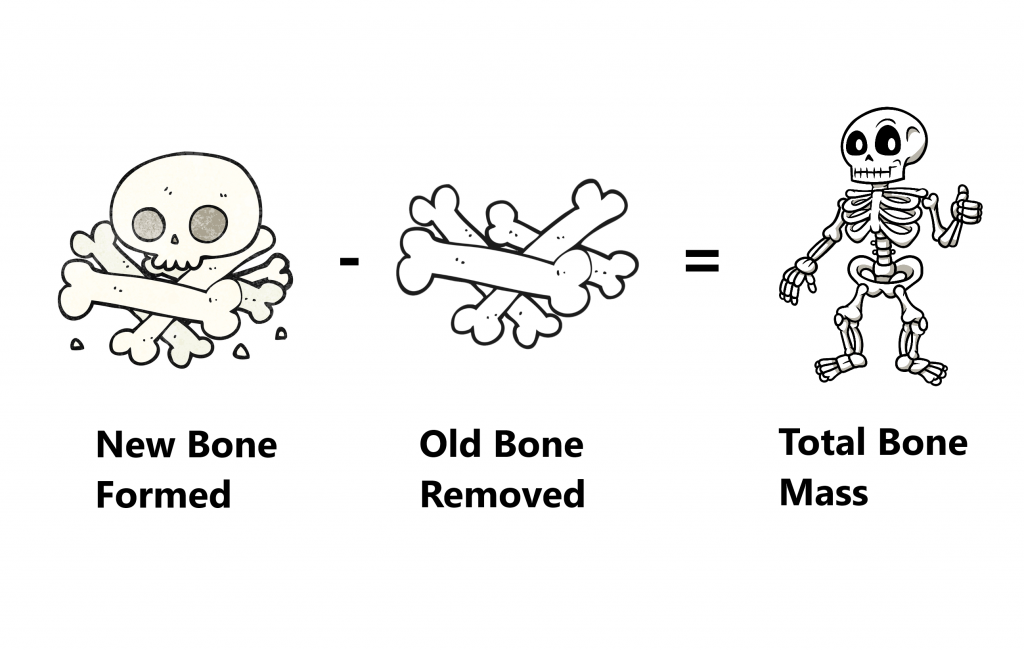
The remodelling process changes as we age:
- During our childhood, adolescent and early adulthood years a lot more new bone is formed and very little removed, this is why we see the most growth at this stage.
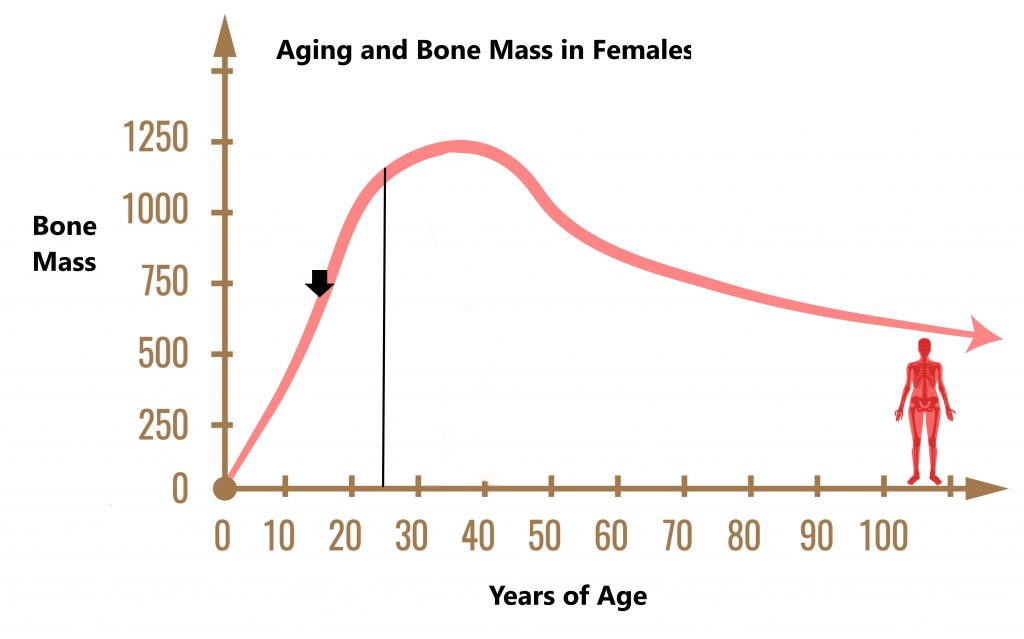
- Around our 30’s we hit our peak bone mass where our bones are at their strongest.
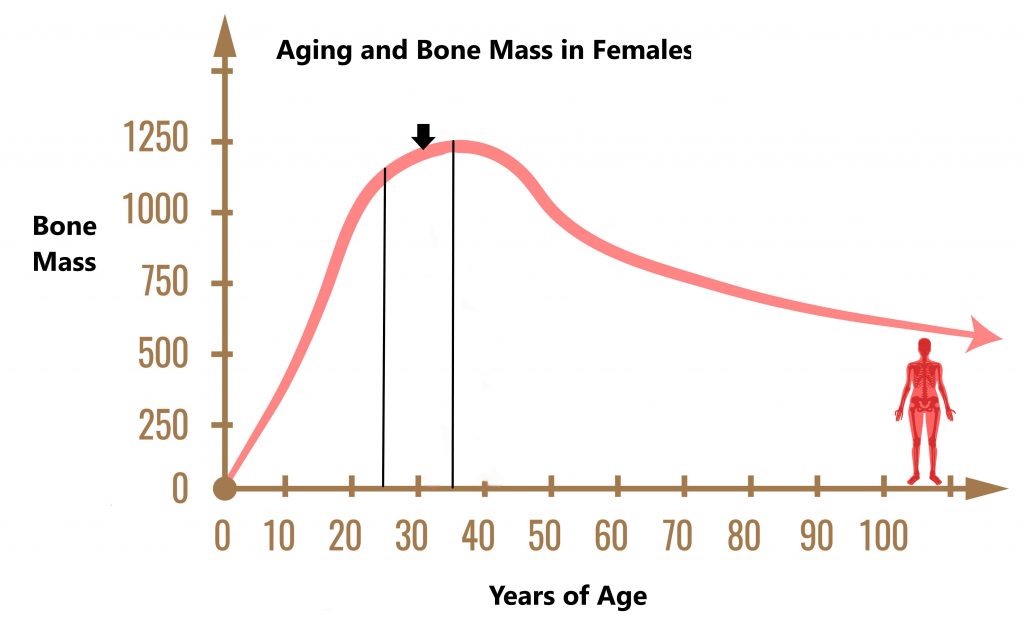
- Between the ages of 30-50 the process reaches a state of equilibrium where the amounts of removed and replaced bone is roughly the same.
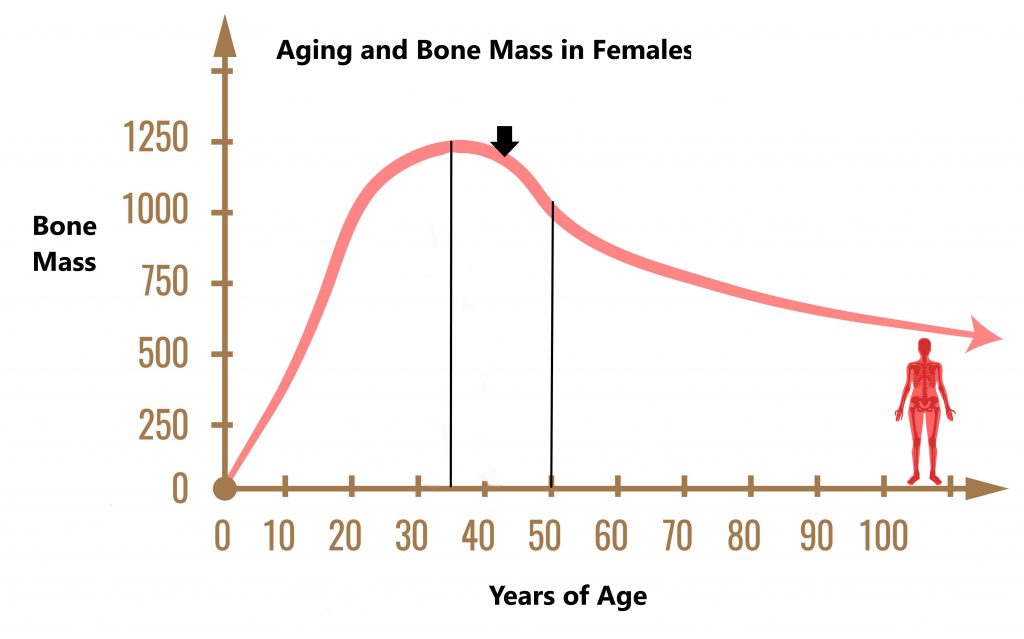
- Beyond the age of 50 our bone mass begins to steadily decrease where more bone is removed compared to what is formed. This causes our bones to naturally become weaker.

What is Peak Bone Mass and Why is it so Important?
This is the maximum amount of bone tissue you will have in your lifetime. Maximising your peak bone mass is highly beneficial. It helps to buffer against the natural loss of bone as you age and also reduces the risks of Osteoporosis (see below).

Genetics play a major role however, lifestyle factors such as diet, exercise and healthy choices (i.e. smoking, excessive alcohol consumption) can also have a significant impact. Building strong bones in the first 2 decades of life is particularly important as this is when your peak bone mass can be influenced the most.

What is Osteoporosis?
Osteoporosis is a process where our bones become less dense and more prone to fractures. This is due to a dramatic loss of bone mass and most often observed in females beyond the age of 50 years. All areas of the body can be affected however, the wrists, hips and spine are the most commonly fractured areas.
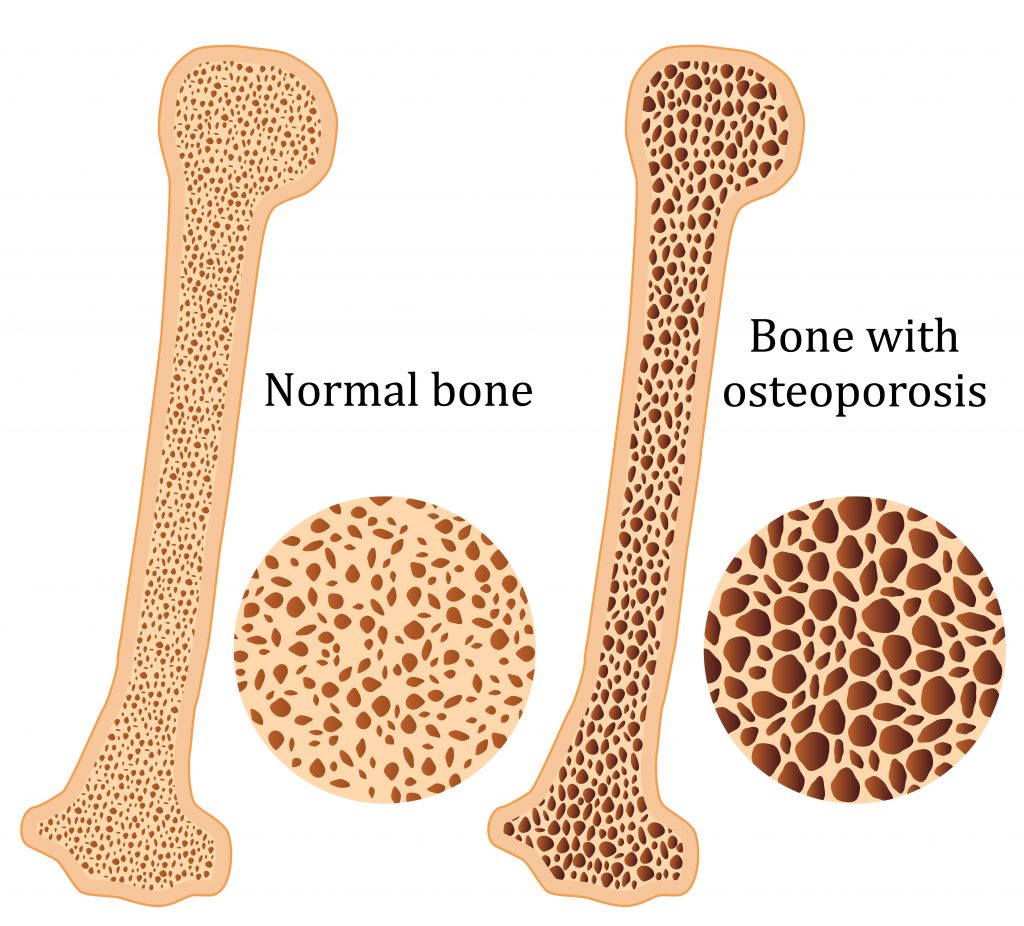
What are the Signs of Osteoporosis
- easily fractured bones (i.e. broken rib from coughing)
- multiple fractured bones over a short period of time
- forwards stooped posture
- loss of height
- back pain
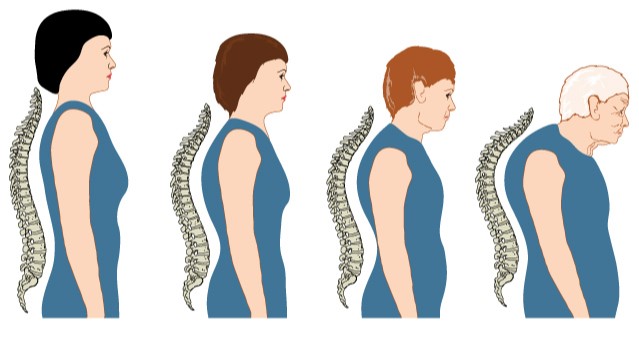
Risk Factors
There are many different risk factors associated with osteoporosis, we have grouped these into several categories:
Genetic
- Age 50 years and older
- Female gender
- People of Caucasian and Asian descent
- Reduced sex hormones (testosterone, oestrogen)
- Menopause
- Family history of osteoporosis
- Thin body build
- Low peak bone mass
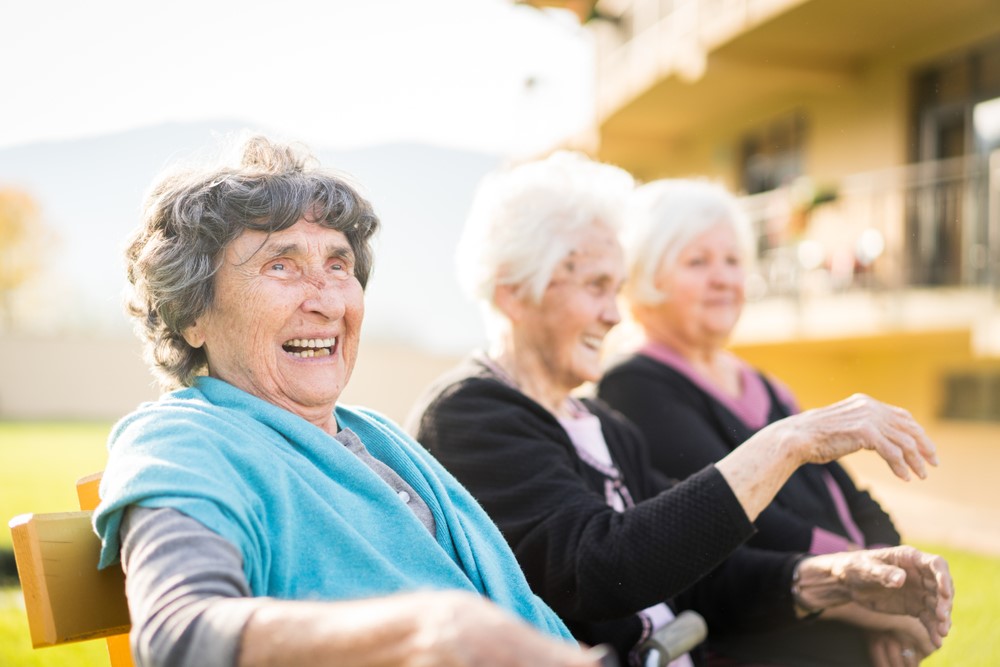
Medical Conditions
- Absence of periods
- Calcium absorption disorders
- Gastrointestinal surgery
- Depression/Eating Disorders
- Thyroid problems
- Coeliac disease
- Inflammatory bowel disease
- Kidney or liver disease
- Cancer
- Rheumatoid arthritis

Long Term Medication Use
- Steroids
- Immunosuppressants
- Some blood thinners
- Some diuretics
- Chemotherapy drugs
- Some Antacids
- Laxatives
- Anti-convulsants
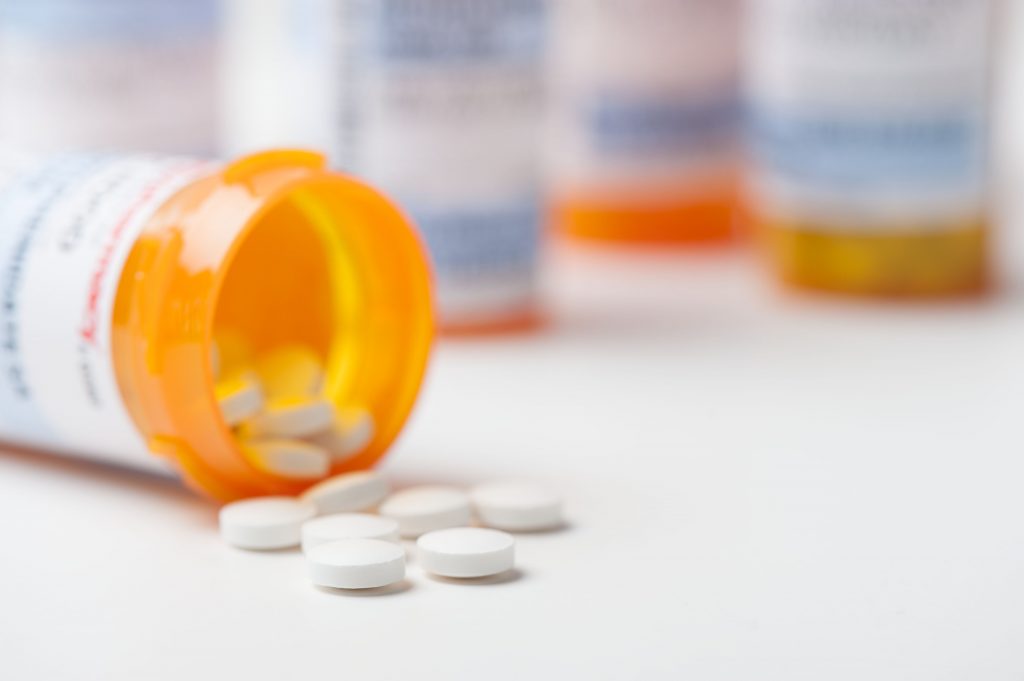
Lifestyle
- Sedentary inactive lifestyle
- Low calcium intake
- Low vitamin D
- Excessive alcohol consumption
- Tobacco use
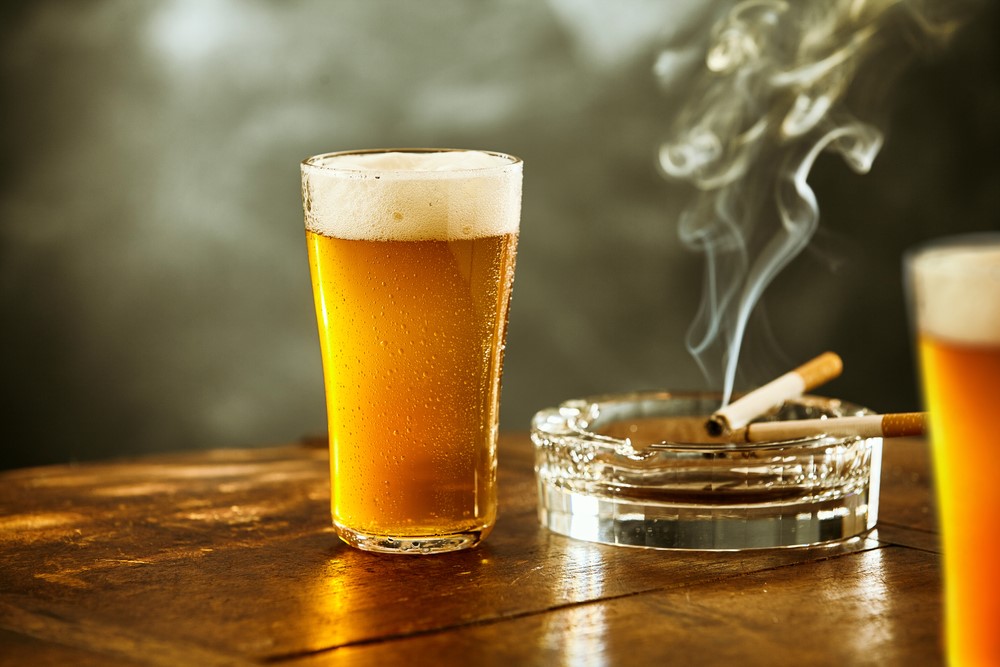
Diagnosis
Following a thorough subjective examination a bone density scan of your hip and spine will be performed to assess how strong your bones are.
If you are over the age of 50 years and have any signs suggestive of osteoporosis (as above) it would be a good idea to see your GP for screening. Quite often people are found to be osteopenic (a precursor to osteoporosis), if diagnosed early enough appropriate management can reduce the impact of the disease.
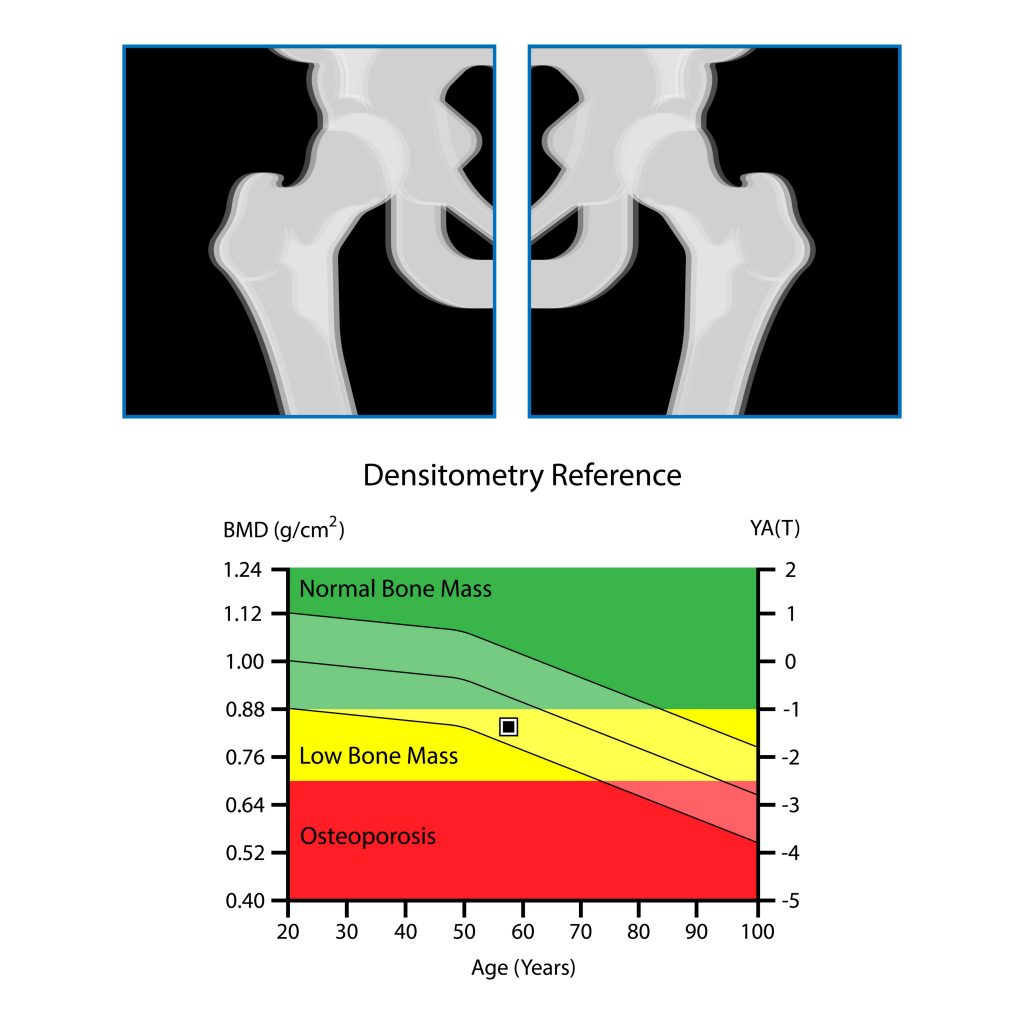
Management
- Medications prescribed for Osteoporosis typically act by slowing down the rate at which bone is broken down.
- Increasing calcium intake through diet (i.e. dairy products, nuts, soy based products) or supplements
- Increasing vitamin D intake through diet (i.e. salmon, cheese, eggs) , exposure to sunlight and supplements
- Healthy lifestyle choices such as minimising alcohol intake and smoking cessation
- Regular exercise (see below)
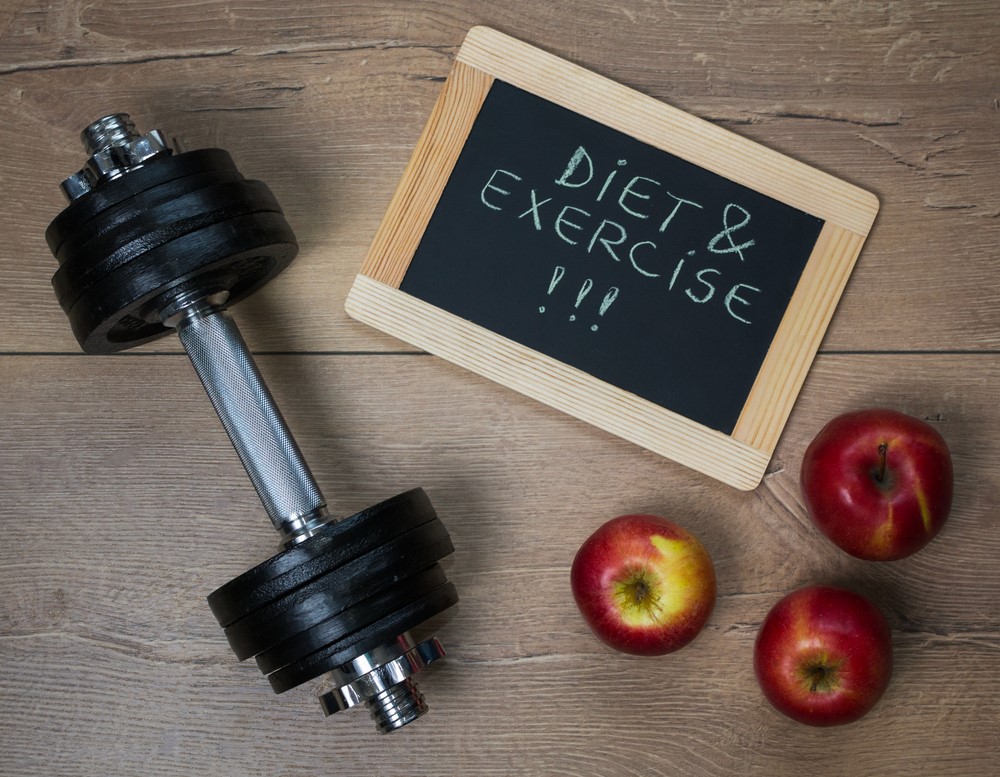
Exercise to Strengthen Your Bones!
Much like your muscles, your bones will become thicker and stronger by exercising regularly. This stimulates bone growth and can often slow down the progression of osteoporosis. It is never too late to start, bone health can be improved at all ages!
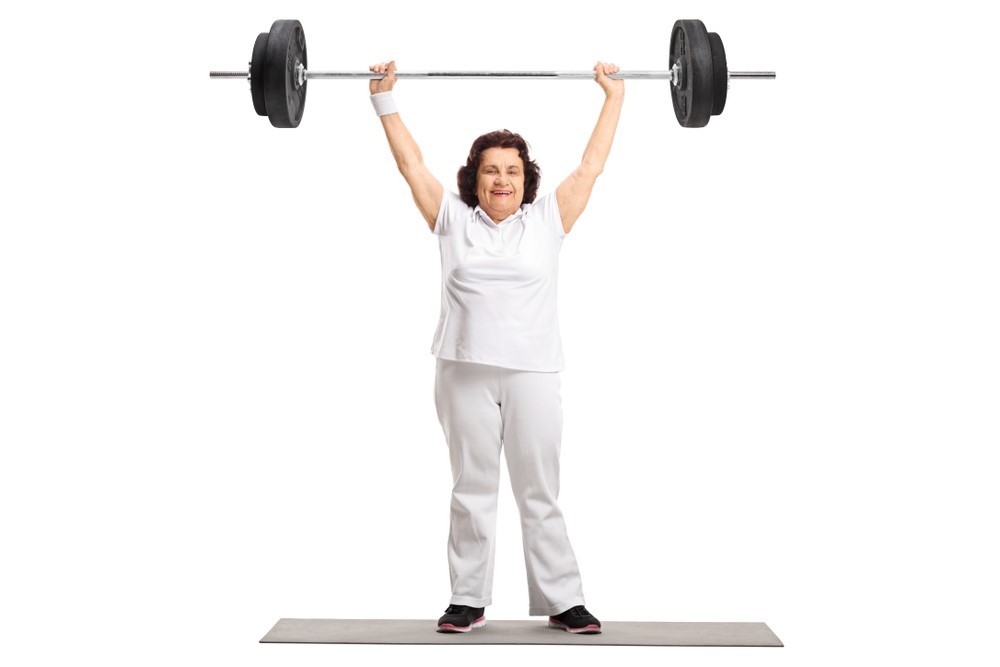
It is recommend to participate in some type of exercise continuously for at least 30 minutes 4 -5 times per week. It is also important to gradually progress your exercises as your overall fitness and strength improves. Exercises found to best achieve this include:
Weight Bearing Exercises
This involves bearing your body weight through your limbs while you exercise. This can include:
- walking
- aerobics
- dancing
- bush walking
- stair climbing
- jogging
- sports (i.e. Tennis)
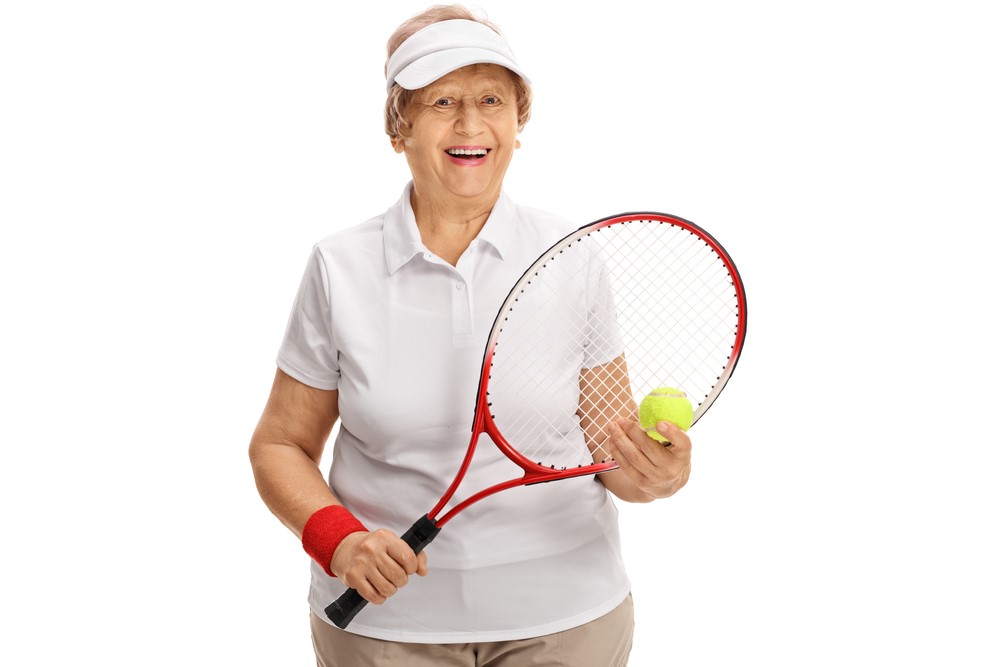
Progressive Resistance Training
This involves working against resistance through lifting weights or using your own body weight. This can include:
- free weights
- weight machines
- squats/lunges/step ups
- body weight exercise
- Pilates
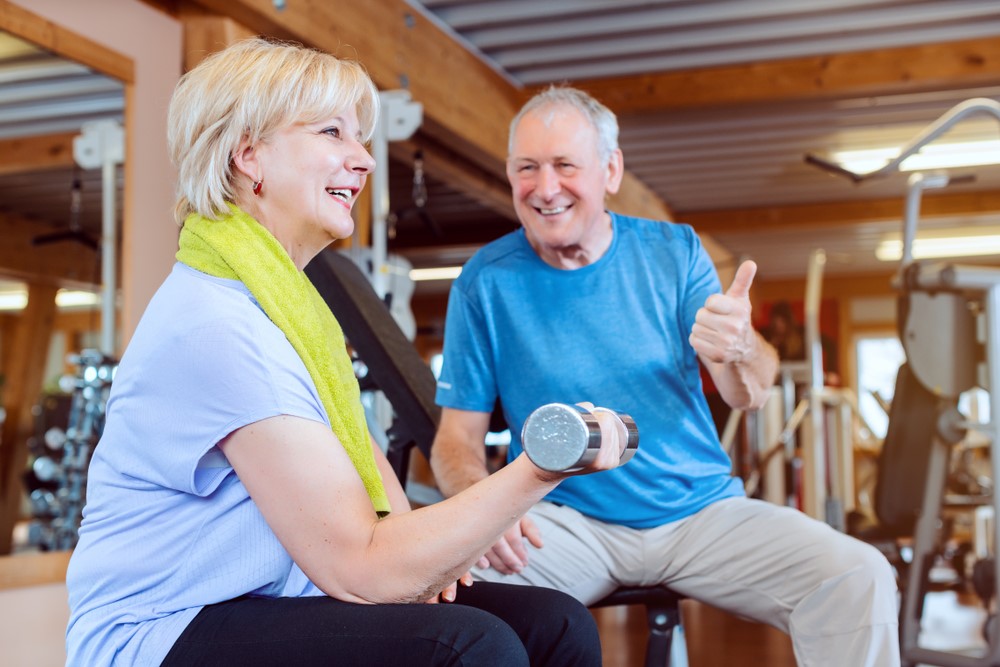
Balance Exercise
This type of exercise is not great at strengthening your bone however, by improving your balance you can decrease your risk for falls. This can include:
- tai chi
- sports (i.e. bowls, golf)
- yoga
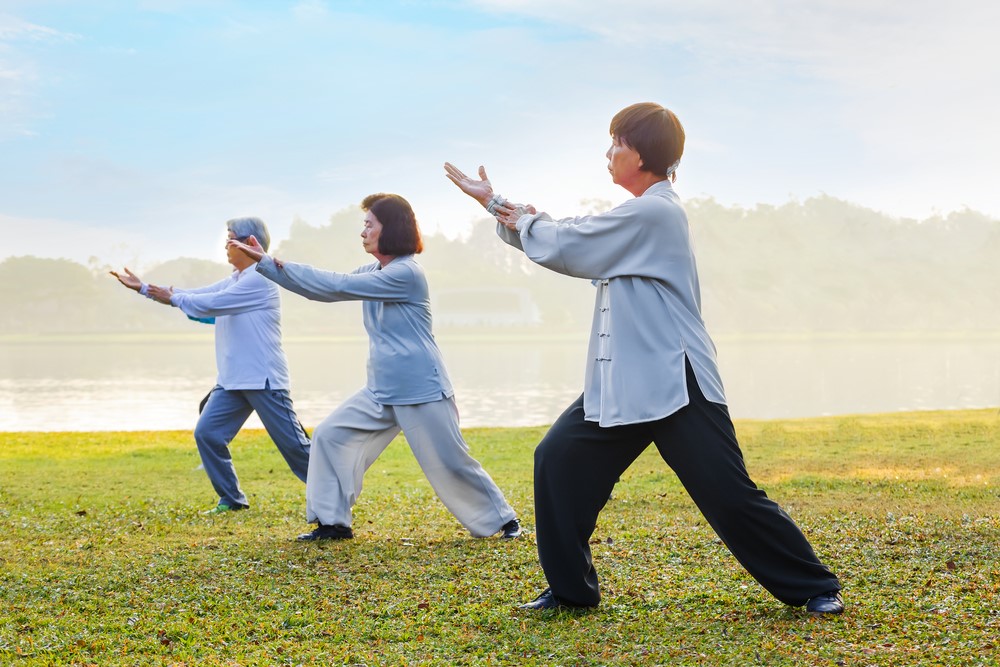
Please keep in mind the information provided is general in nature and should not be used as a substitute to consult your treating health professional. If you have any specific questions or require assistance with your individual treatment requirements please do not hesitate to contact My Family Physio Mona Vale in Pittwater Place Shopping Centre.
Related Articles and Links